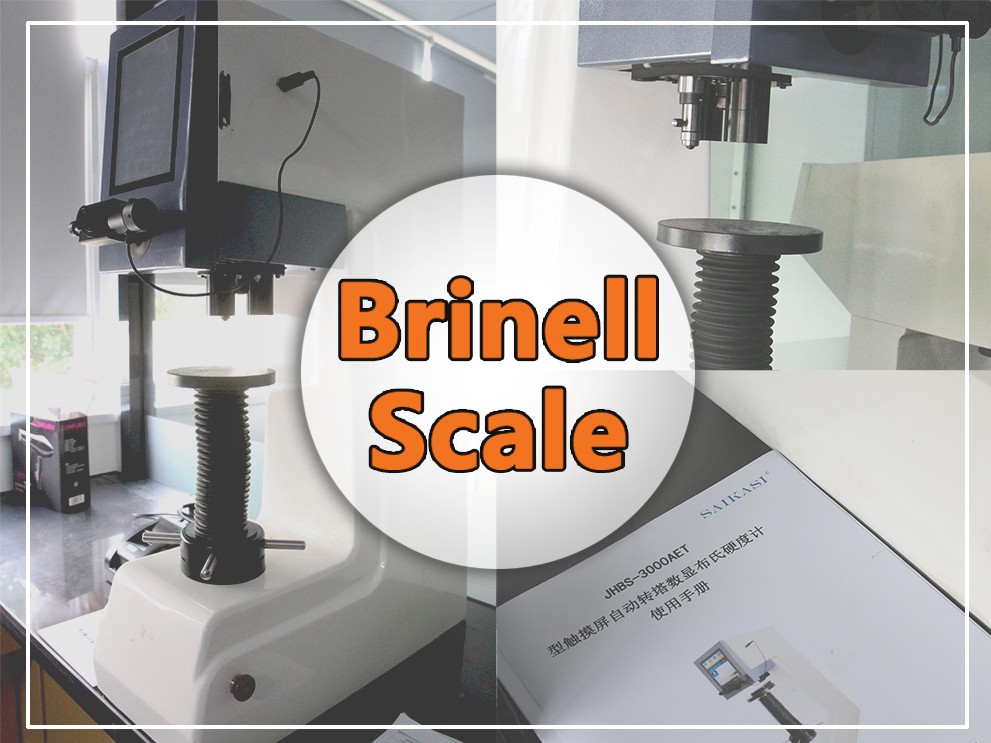


The Brinell hardness tester is a precision measuring instrument for measuring the Brinell hardness of metals, and can measure the hardness of forgings. The Brinell hardness tester is mainly used for the hardness measurement of cast iron, steel, non-ferrous metals and soft alloys. The Brinell hardness test is a test method with the largest indentation in all hardness tests. It can reflect the comprehensive performance of the material. Affected by the micro-segregation and uneven composition of the sample structure, it is a high-precision hardness test method.
The Brinell hardness test generally uses a spherical steel indenter with a diameter of 10 mm to press into the surface of the material to be tested with a certain load (test force). Common test forces can be as high as 3,000 kgf (29 kN); smaller loads can be used for soft materials. If the test material is very hard, replace the steel indenter with a tungsten carbide ball indenter. After maintaining the load for a certain period of time, remove the test force and measure the diameter of the indentation left on the surface of the material.
The Brinell hardness test is a test method used to determine the Brinell hardness of metallic materials.
The testing principle of the Brinell hardness test is: under the action of the specified detection force, a cemented carbide ball of a certain diameter is pressed into the surface of the sample, kept for a certain period of time, and then the detection force is removed. Measure the diameter of the indentation on the surface of the sample, and calculate the area of the indentation according to d. The Brinell hardness value is the quotient of the test force divided by the spherical surface area of the indentation. The indentation diameter is measured with an optical reading microscope in two mutually perpendicular directions of the indentation, and the average diameter of the indentation is obtained according to the measured diameters of the two indentations, and then brought into the formula to obtain the Brinell hardness. The disadvantage is that the indentation is large, the hardness and depth values are large, and it is not easy to measure. Generally, it is only suitable for the hardness determination of cast iron, steel, non-ferrous metals and soft alloys.
Recent News
Top ranking